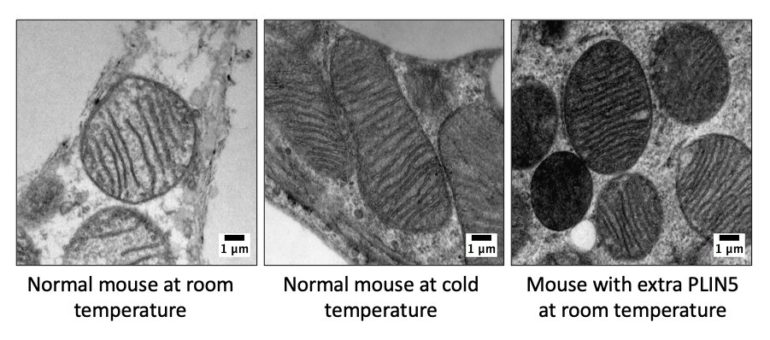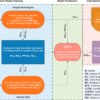Increasing a protein concentrated in brown fat appears to lower blood sugar, promote insulin sensitivity, and protect against fatty liver disease by remodeling white fat to a healthier state, a new study led by UT Southwestern scientists suggests. The finding, published online in Nature Communications, could eventually lead to new solutions for patients with diabetes and related conditions.
“By taking advantage of this natural system, we may be able to help make fat depots more metabolically healthy and potentially prevent or treat obesity-associated diabetes,” says study leader Perry E. Bickel, M.D., associate professor of internal medicine at UTSW.
Tens of millions of Americans have Type 2 diabetes, a disease characterized by elevated blood sugar and resistance to insulin, the hormone that allows cells to use blood sugar for energy. This disease has been linked to obesity, with excess white adipose tissue (WAT)—fat tissue that holds the majority of the body’s stored energy—associated with elevated blood sugar and insulin resistance in susceptible people. Humans and other mammals also have a second type of fat, known as brown adipose tissue (BAT), which is able to burn fat as a way to increase body heat in cold temperatures. BAT has been investigated as a potential target for weight loss, says Bickel, but may also have a role in improving blood sugar independent of weight loss.
In the study, Bickel and his colleagues, including co-leader Violeta I. Gallardo-Montejano, M.D., an instructor at UTSW, found that brown fat could play an important protective role against diabetes. The researchers made this discovery while studying perilipin 5 (PLIN5), a protein that coats lipid droplets inside cells, particularly in BAT.
When the team genetically engineered mice that made extra PLIN5 in BAT, the animals maintained significantly lower blood sugar concentrations and higher insulin sensitivity during glucose tolerance tests, compared with mice with normal PLIN5 levels. They also had less fatty livers, a condition associated with Type 2 diabetes.
Searching for the mechanism behind these positive changes, the scientists found that the BAT’s mitochondria in the genetically engineered mice had adapted to burn even more fat, similar to what’s seen in animals placed in cold temperatures. However, the adaptation wasn’t enough to explain the blood sugar-lowering effect. Looking closer, the researchers found that the white adipocytes of animals that had extra PLIN5 in their brown adipocytes were smaller and had reductions in some markers of inflammation—changes that are associated with improved sensitivity to insulin and metabolism of sugar.
Bickel notes that BAT appears to communicate with WAT in some unknown way, potentially sending a molecular factor through the bloodstream when PLIN5 levels increase inside brown adipocytes.
“The next question we want to address,” says Bickel, “is what that factor is and whether we can harness it for therapeutic benefit.”
Insulin rises before cells develop resistance, new diabetes research implies
More information:
Violeta I. Gallardo-Montejano et al, Perilipin 5 links mitochondrial uncoupled respiration in brown fat to healthy white fat remodeling and systemic glucose tolerance, Nature Communications (2021). DOI: 10.1038/s41467-021-23601-2
Provided by
UT Southwestern Medical Center
Citation:
Giving brown fat a boost to fight type 2 diabetes (2021, June 4)
retrieved 5 June 2021
from https://medicalxpress.com/news/2021-06-brown-fat-boost-diabetes.html
This document is subject to copyright. Apart from any fair dealing for the purpose of private study or research, no
part may be reproduced without the written permission. The content is provided for information purposes only.



